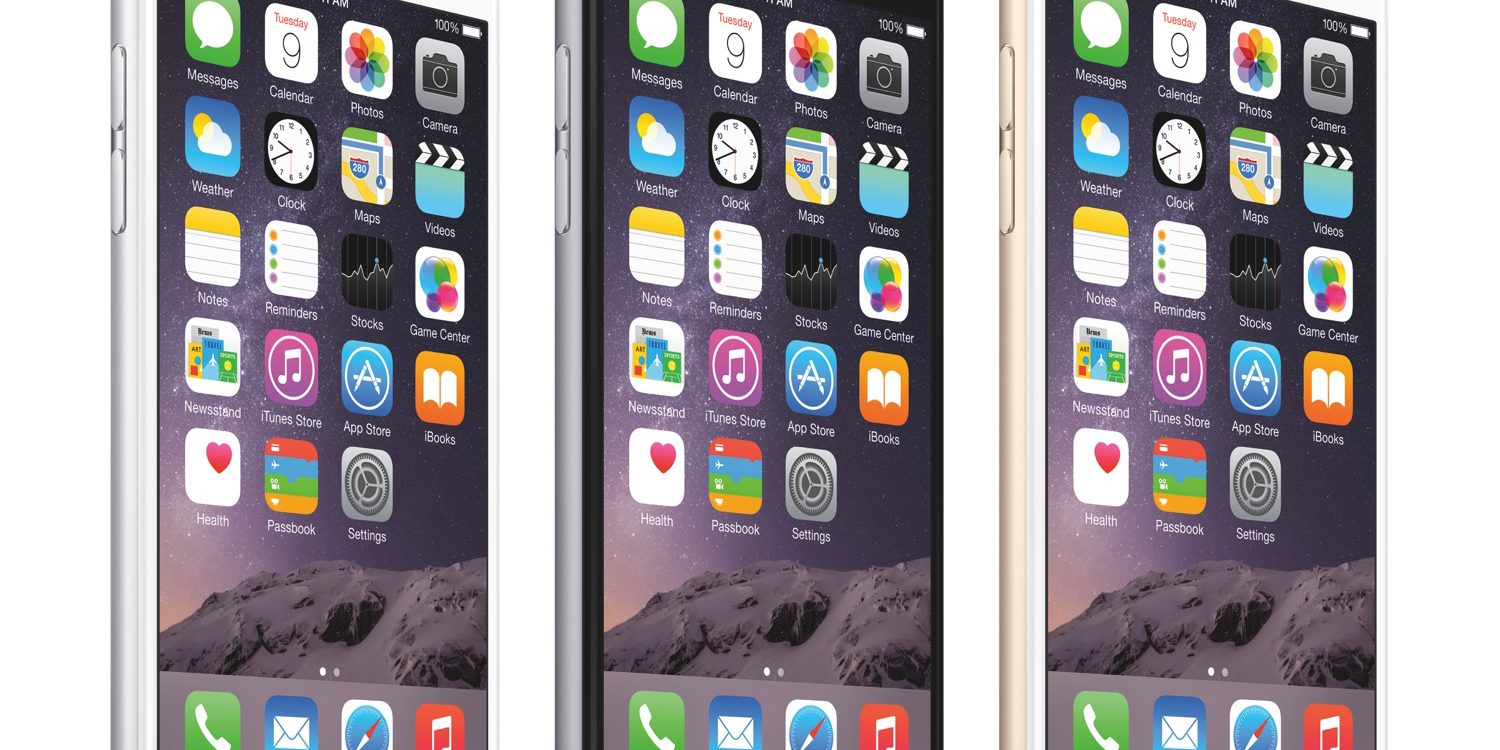Apple enthusiasts around the world were delighted with the launch of the new iPhone 6 and its brother, the iPhone 6+. These two phones are unique among iPhones in that they offer large screens similar to modern Android phones. This is something Apple had previously insisted that they would never do, but it is great news for all Apple lovers who were starting to get eyestrain when trying to browse their favorite websites. .
And as you would expect from any brand new iPhone, sales have been phenomenal even in the face of the #bendgate controversy. For website designers, this means that there is now a very popular new device on which countless people will visit websites. In turn, this means that it is essential that the designs are adapted to these new specifications, unless they want to lose potential visitors.
Here we will see how you can make sure your site design is ready for new iPhones and at the same time make sure it is ready for all new devices that may arrive in the future.
RESPONSIVE DESIGN
The most important way to make sure your web pages are ready for any new device is to use a responsive design. This means that it must change size and layout in order to adapt to any display on which it is displayed. There is a lot of information on responsive design, but usually it means using percentages instead of defining widths and heights, it means having flexible images, it means using multimedia queries and it means choosing design elements which will look good in several different sizes.
TESTING
While a good responsive design should be able to naturally adapt to screens of various sizes of any kind, you cannot be sure that it will look great on a new device until you test it yourself. . If you have a website, you should try to get into the habit of asking everyone you meet if you can test your site on their phones, computers, and any other device they have.
Fortunately, if you don’t know anyone who has an iPhone 6, you can still test the appearance of your site using various online tools. A good example is www.viewlike.us. This site will allow you to view your pages in different resolutions and dimensions, and includes a number of built-in specifications for popular devices (although the iPhone 6 and 6 plus aren’t there yet). However, viewlike.us does not modify the user agent, so if a website that does not have a responsive design but has its own separate mobile website, it will not be displayed on viewlike.us.
FLAT UI
In the end, if you’ve done your design responsively, you should be pretty confident that your site will look great on the new iPhone 6 – especially since there are various Android devices with similar specifications.
If you want to go further, you can also try to design your site using design principles compatible with iOS 8. This would mean using flat user interface elements, user-friendly controls and lots of transparencies. That way your site will feel “natural” for viewing on the iPhone, and since iOS tends to influence wider design trends on the net, this will likely help keep your site looking for modernity and relevance. See Apple’s own “design for iOS” guidelines for help.



Leave A Comment